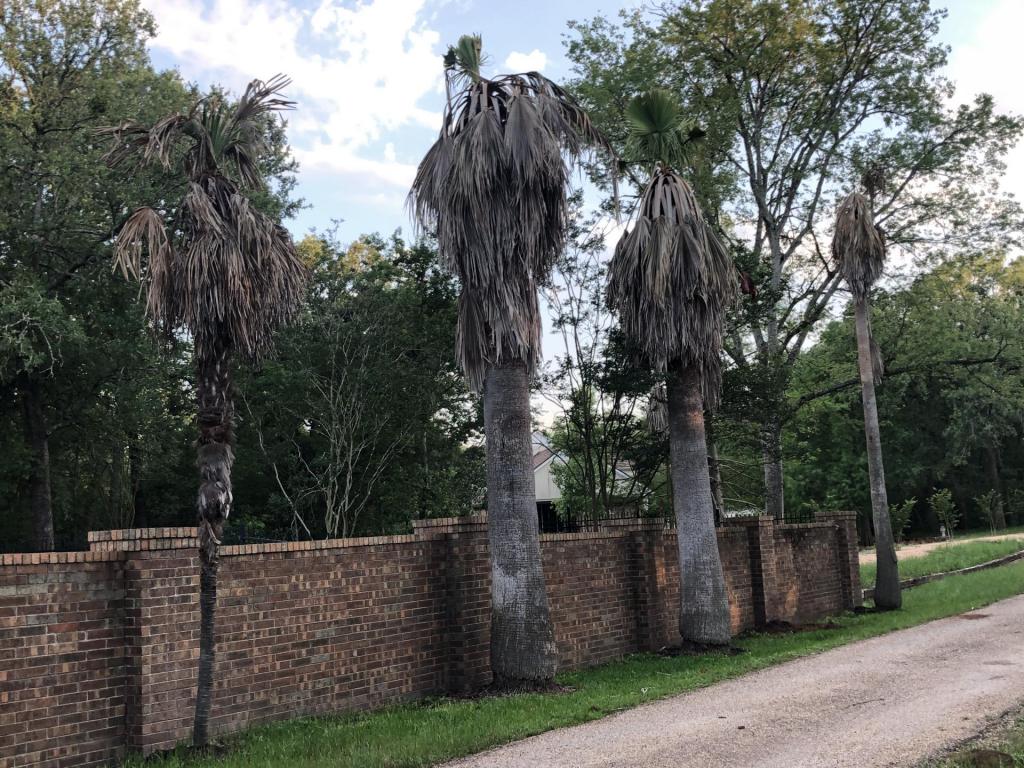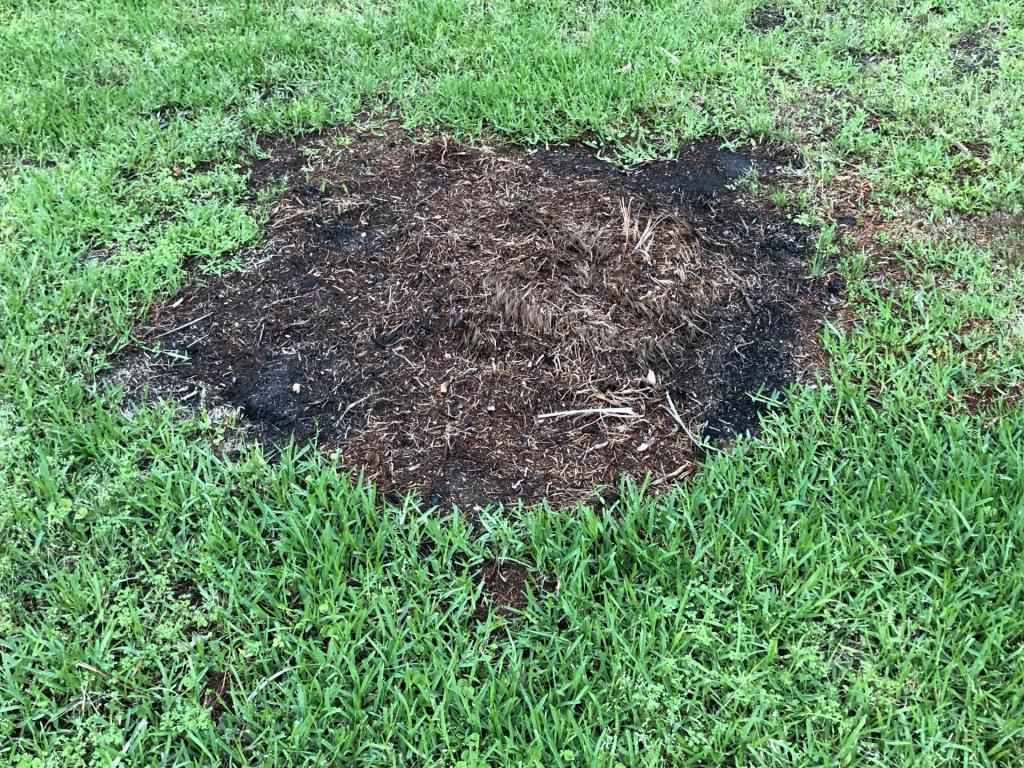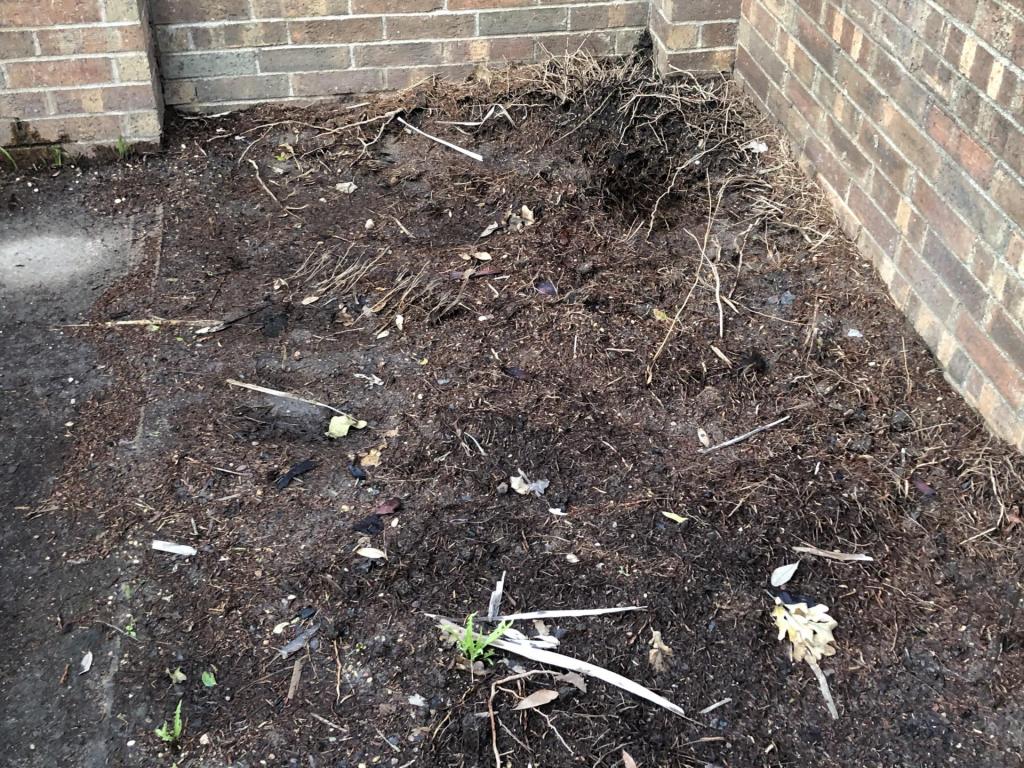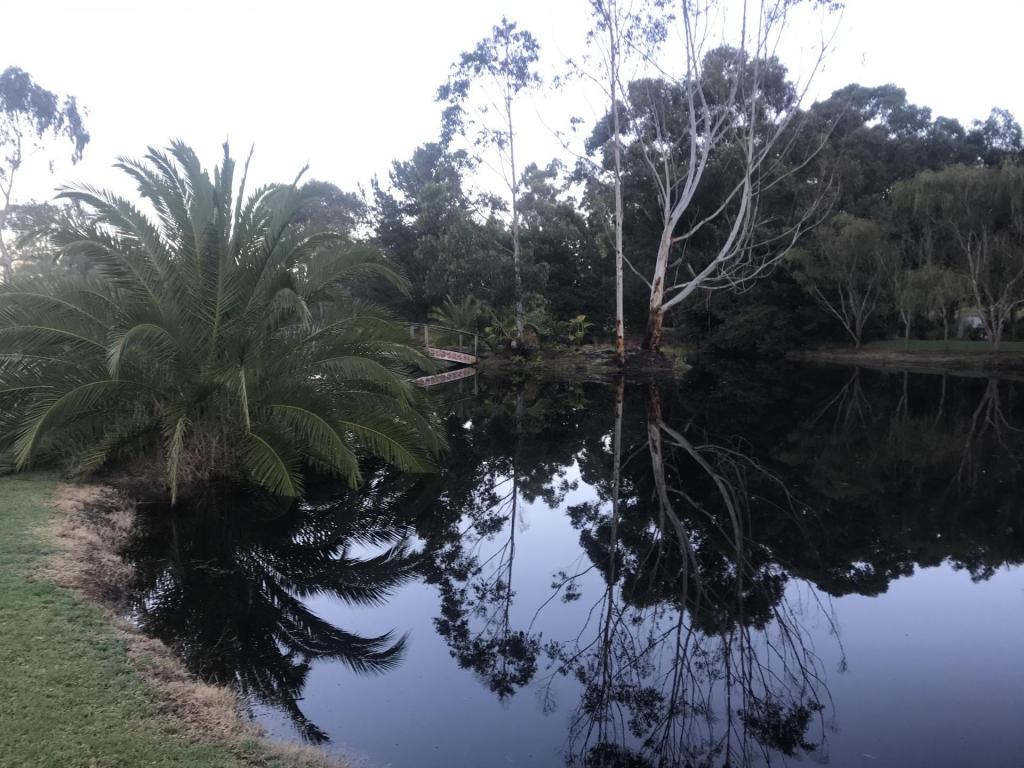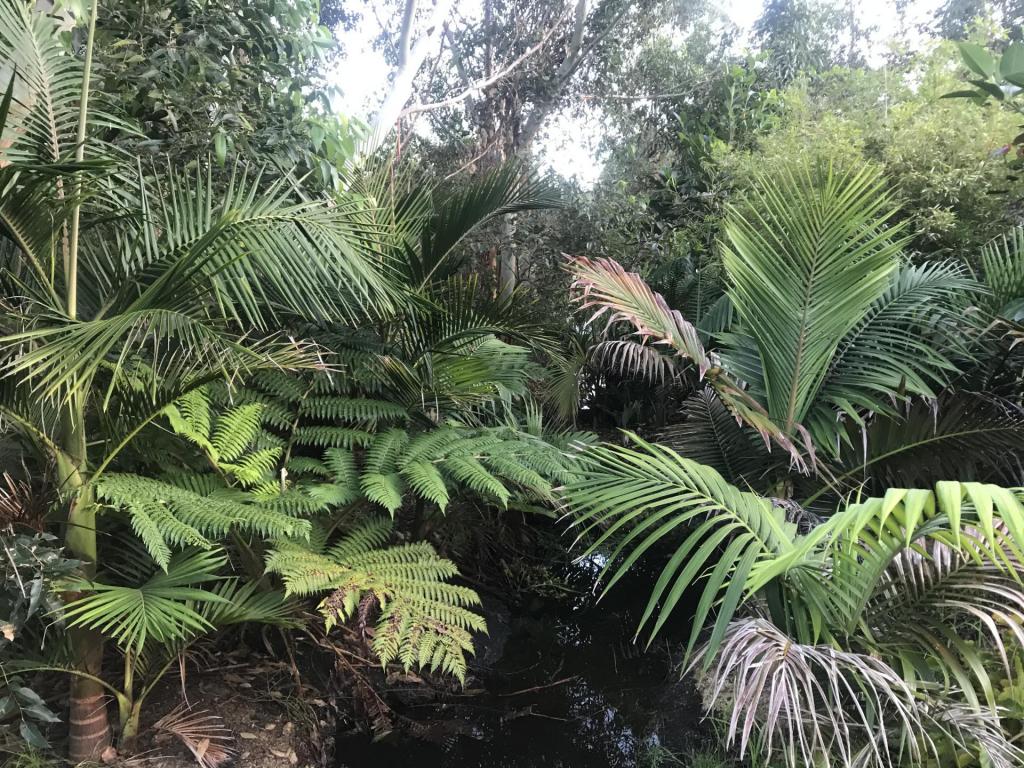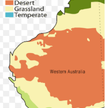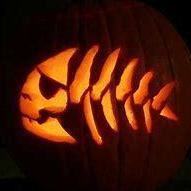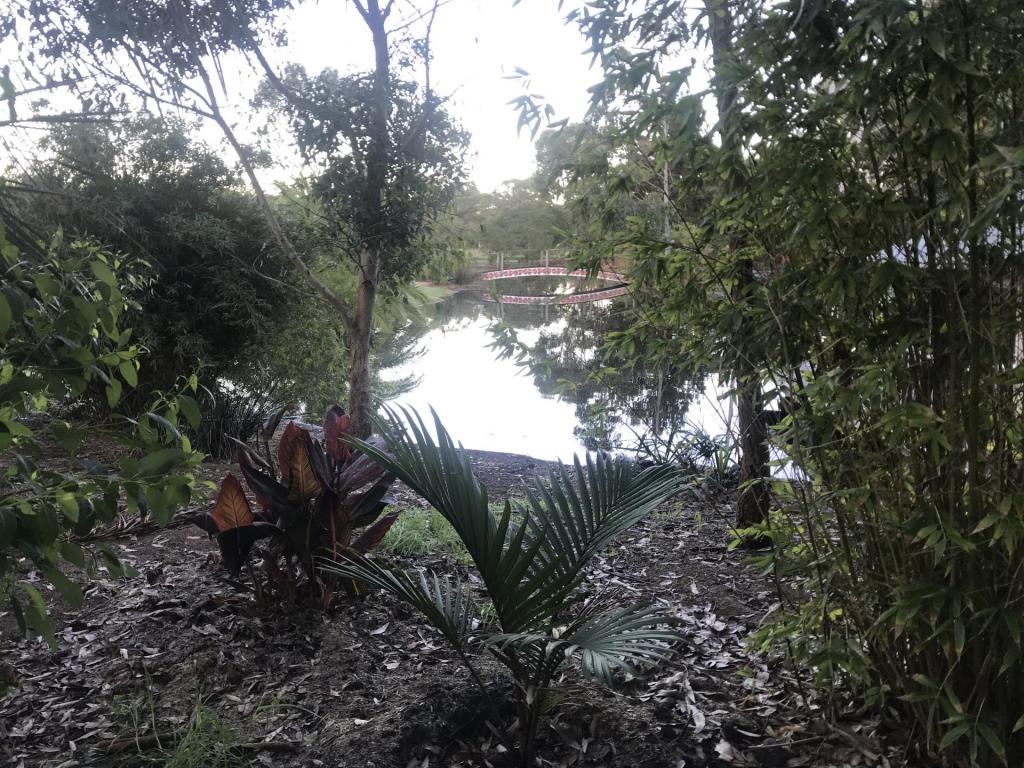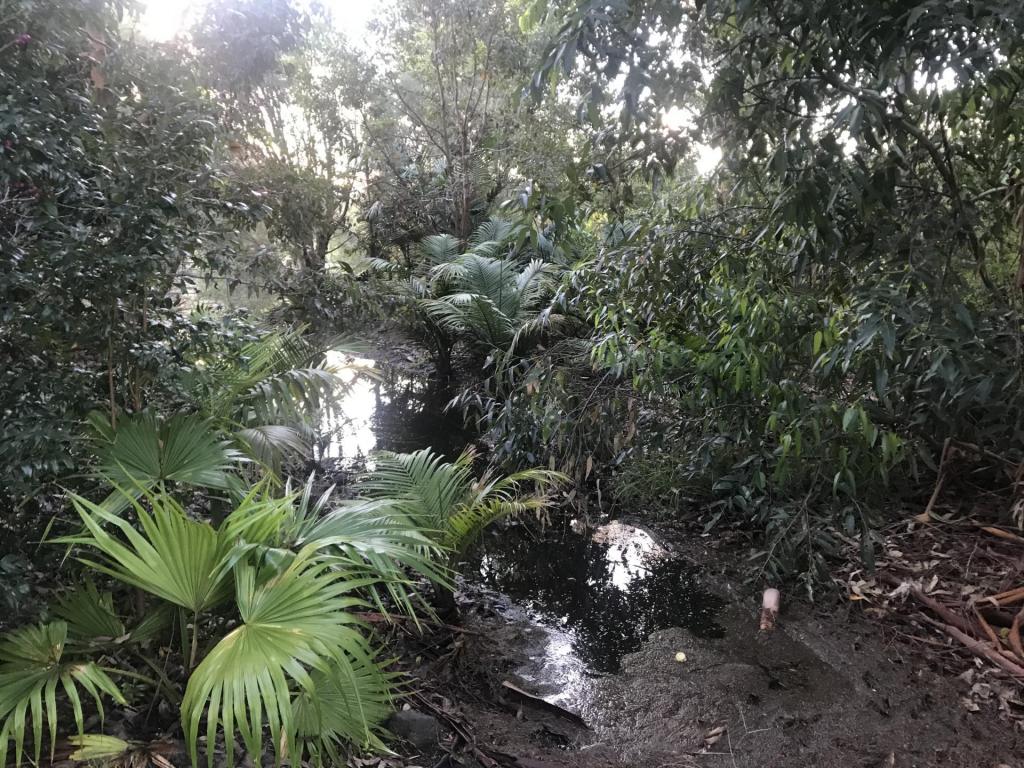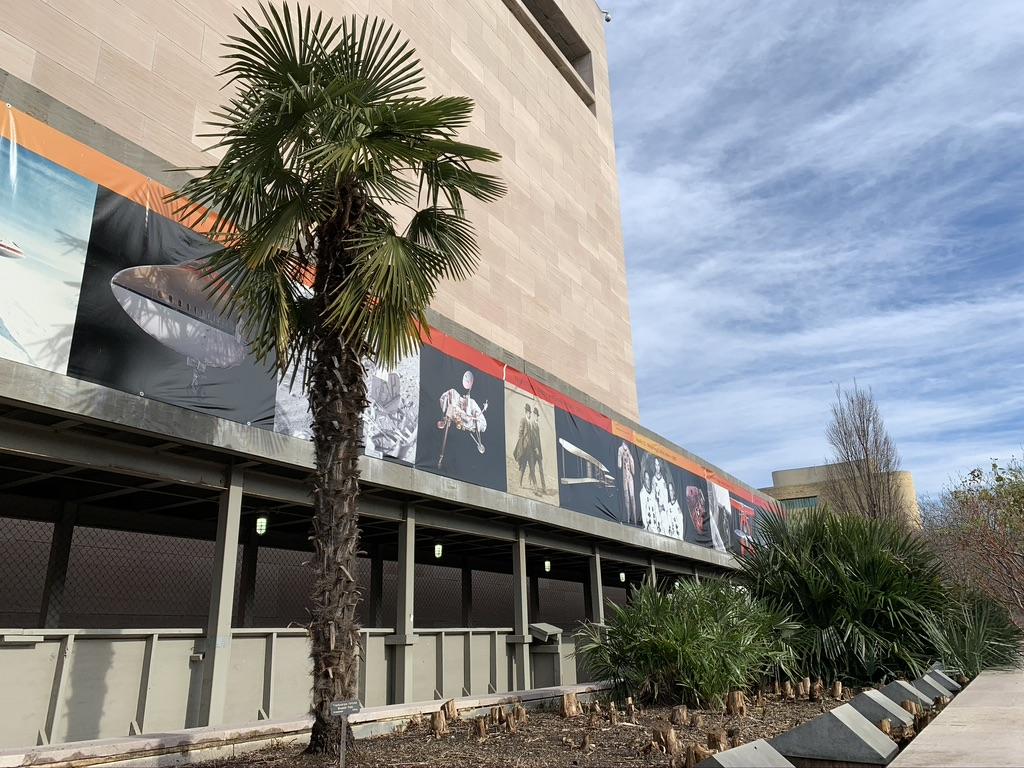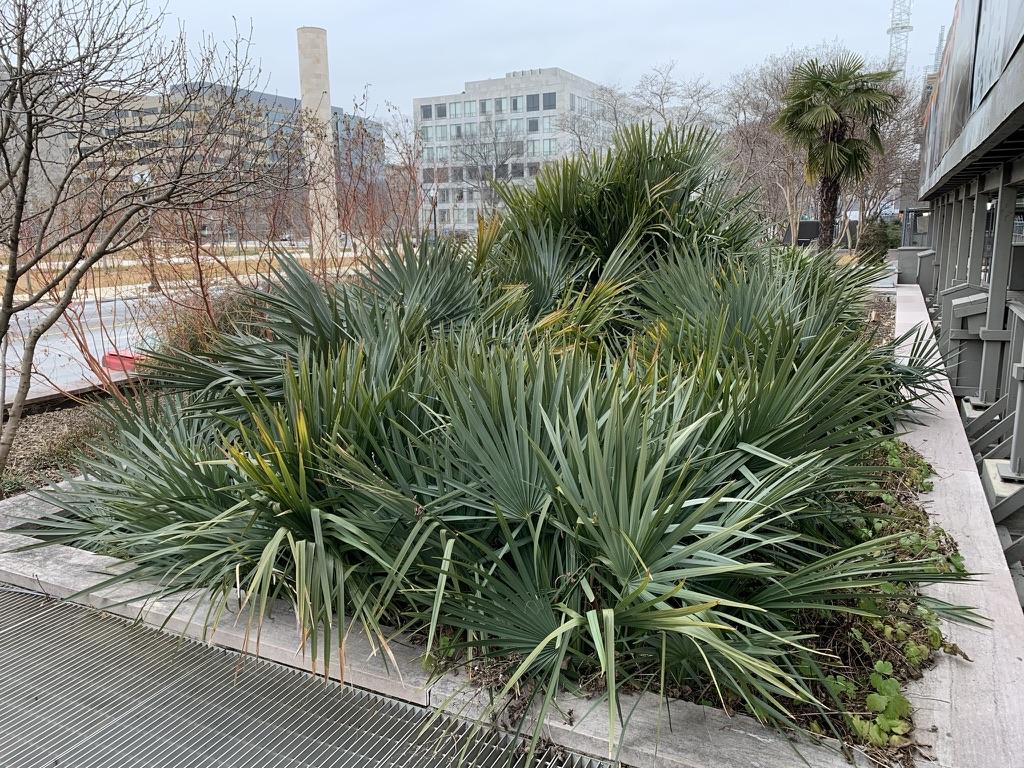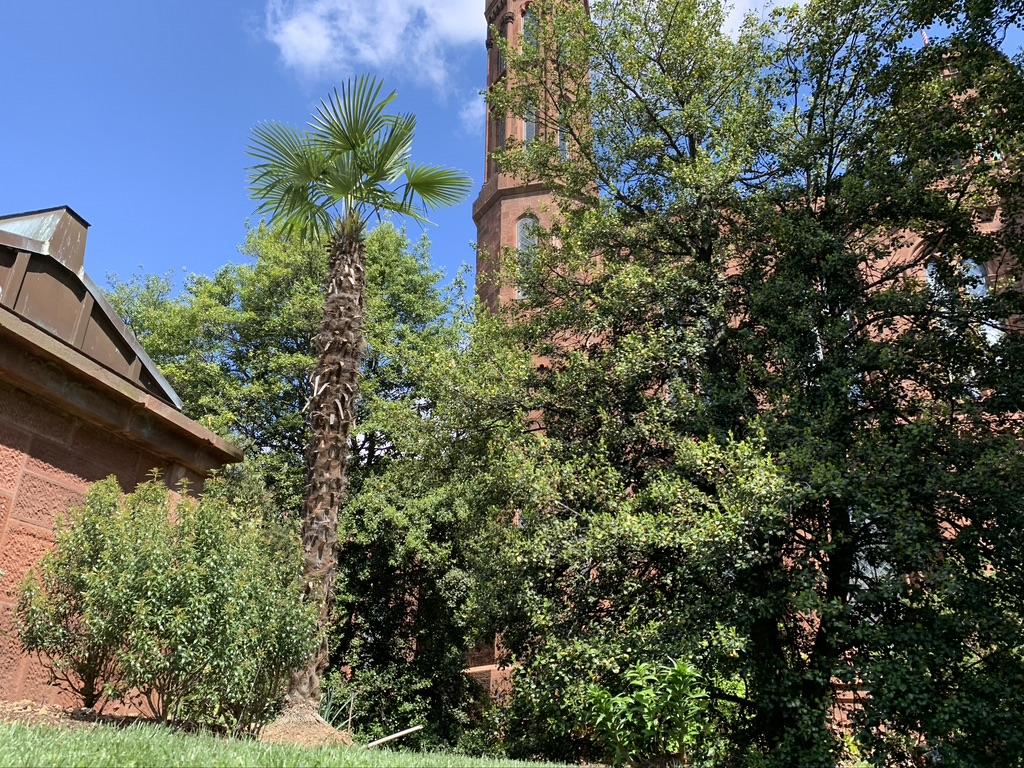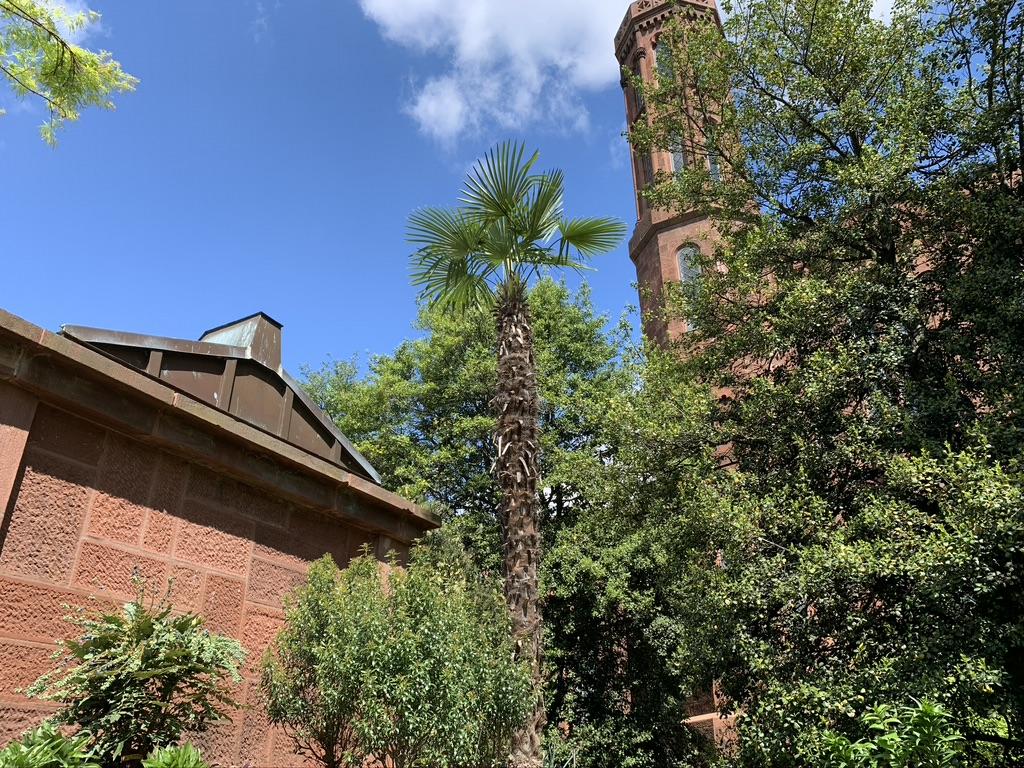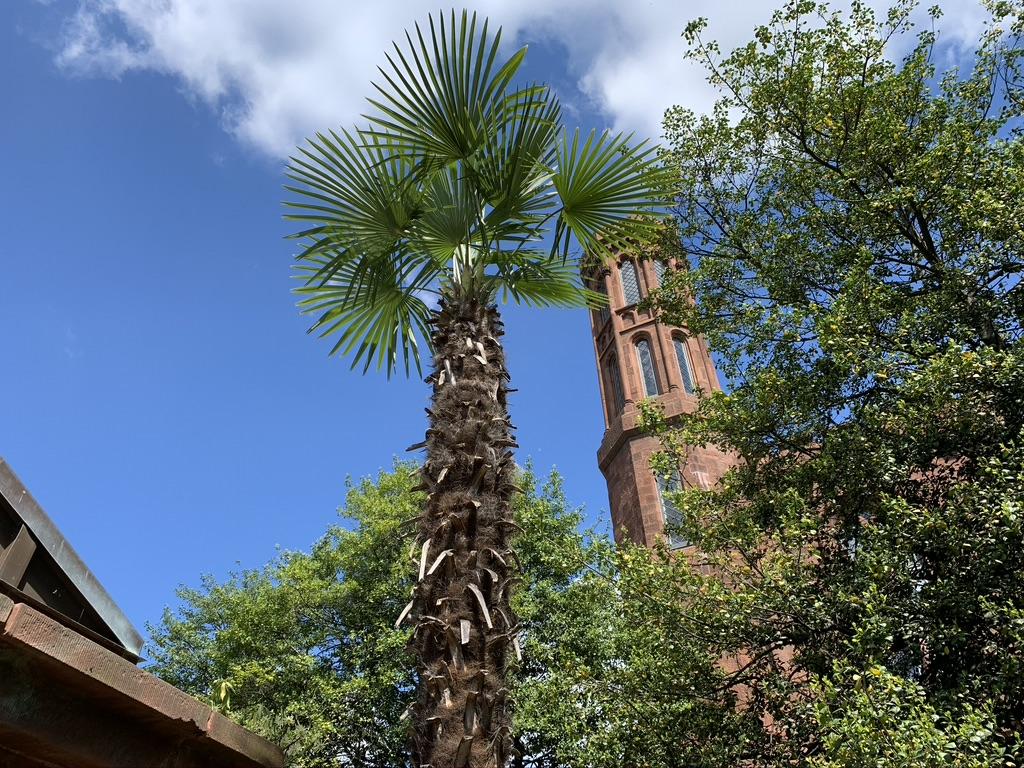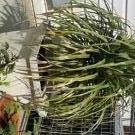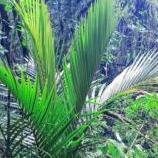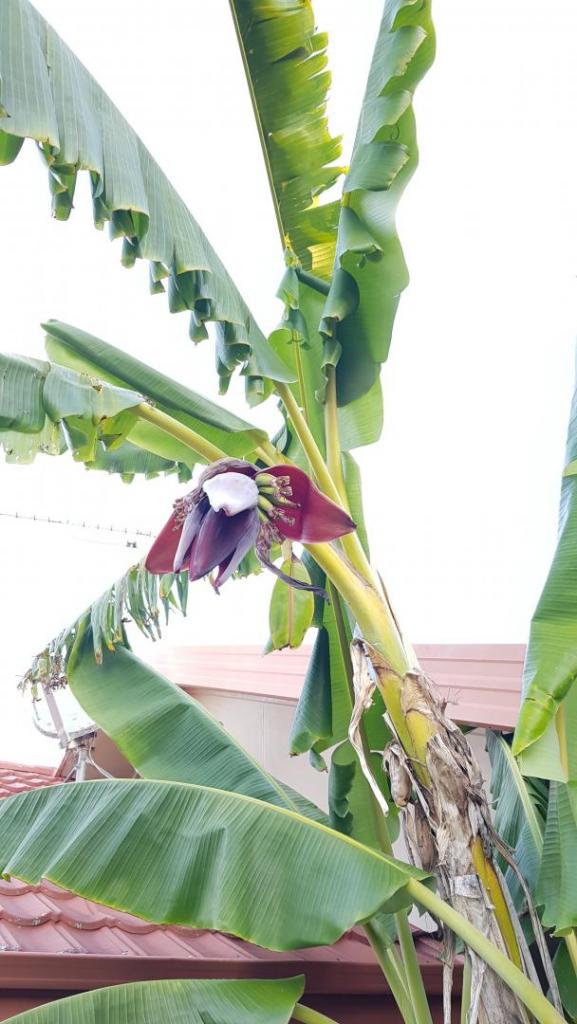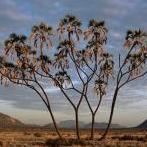Leaderboard
Popular Content
Showing content with the highest reputation on 05/05/2021 in all areas
-
Besides being unintelligble to read...I actually kind of agree with what you're saying. I don't want natural environments like these overrun with palms, especially if there are endangered species in habitat there. I think palms should mainly be used for botanical gardens, civic use, and private property. But about not planting palms in gardens, why come to Palmtalk to make that argument?5 points
-
4 points
-
I have a fresh crop of seeds from my largest palm, which I grew from seeds from a v. navasana mother. See link below: http://www.palmpedia.net/wiki/Pseudophoenix_sargentii Pseudophoenix sargentii v navasana cleaned seeds: $0.25 each Shipping = $6.00 No shipping outside the US. No shipping to HI Payment via Paypal PM me for a quote Photos3 points
-
I'd say you're going a little too easy with your analysis. Me? A bunch of gang-banging punks who have nothing better to do than deface property with their un-decipherable crap they call graffiti. They need their a$$es kickid in.3 points
-
3 points
-
3 points
-
I finally cut the 1 Buzzy that I had left that spear pulled about 3 weeks ago. Within 24 hours I noticed movement, this was it today after 48 hours. Maybe I got lucky. Also seeing growth on a lot of the A. Englerii stalks. I kind of felt my way down each one from the top until I felt a lump and then separated the tightly would fibers to find new spears pushing their way out.3 points
-
No, they don't do great here for me. Maybe in a better, faster draining soil they would do better, but I don't have that where I am. I've seen a few others around town that don't look that great either. I hope I didn't discourage you from growing yours. Who knows, you might have better luck than I do for whatever reason. Lately, I've been driving to the desert to enjoy desert palms. If you want to see spectacular Brahea armata and Washingtonia filifera, visit Palm Springs, CA.3 points
-
I have a fresh crop of seeds from my largest palm. See link below: http://www.palmpedia.net/wiki/Gaussia_gomez-pompae Gaussia gomez-pompae cleaned seeds: $0.25 each Shipping = $6.00 No shipping outside the US. No shipping to HI Payment via Paypal PM me for a quote Photos Mother Palm Seeds Juvenile palm2 points
-
It can be done but not as simple as it seems. I've not done it before but chances for success are higher for larger suckers that are already forming roots. There was a thread started last month on this very topic with Phoenix dactylifera. I'm sure the same techniques used would be successful with any suckering Phoenix species. You might want to contact the original poster for more specifics and see if his efforts were successful. Here is the thread below:2 points
-
Probably unattended kids who don't realize what they are doing. They see a nice clean shiny surface and it looks like a good place to leave a message. This is pretty common in our society. Torn off leaves, believe it or not, can happen in the presence of a child's parent. That's why it's important to pick up sticks and other debris before it becomes a weapon used on a plant. It's a public garden, so some abuse is to be expected over the years (even naturally occurring damage). At some point, you just have to walk away, accepting the fact that there is only so much you can do to protect things. In general, the garden is in good shape. The majority of visitors walk through, respectfully enjoying the garden, and there are many palms that have no damage. There is a small group of dedicated volunteers who are working hard to maintain a place that visitors can enjoy, with new palms being introduced over time. I highly recommend a visit if you are in the area.2 points
-
Sabals want heat, sun, warm rain and humidity. You should have plenty of that in NC in the summer. So get it outdoors now. Sabals need deep pots. That pot is too large as palms don't like to be overpotted. Use a good quality, coarse garden soil and add extra perlite and/or coco coir to loosen it up.2 points
-
It might be a very minor Boron deficiency, no need for alarm, just a shot of complete fertilizer, or even good compost. Deficiency of the macro elements (NPK) will occur on the older foliage, while lack of the minor elements will occur on the newest foliage. https://edis.ifas.ufl.edu/publication/EP2732 points
-
I've got big veitchia palms around the yard that seed a lot -- My dogs eat 'em as fast as they come down, w/ no effects. Inside must be tasty..2 points
-
That guy is probably just a troll but I see nothing boring in that picture. It's a beautiful North cal natural environment.2 points
-
We have Copernicia fallaensis in 15 gal. pots for $400.00. These are about 4 years old and well rooted in the pots. All plants are grow in full sun and showing the blue-green color of mature adults. 100% pure. These are available for pick up only at the nursery...Sorry. No shipping. Please call or text 305 905 2939 for an appointment or more information. Caribbean Palms Nursery is located near West Palm Beach, Florida at, 1584 F Road, Loxahatchee Groves,Fl. Thank you, Mike Harris2 points
-
Might be worth another go then with a raised bed? Anyway I'm well up for the suggestion of visiting desert palms. I've seen some of the native Washingtonia filifera in southern Nevada, which was really spectacular. I also briefly lived in North Florida where there was lots of Serenoa repens and Sabal palmetto, though I found that a bit less exciting. Top of my list is the Canary Islands, to explore the rugged island interiors and see Canary Island Date Palms in their habitat.2 points
-
2 points
-
2 points
-
2 points
-
It will be fine. I have an D. Onilahensis that did the same thing. I assume the results will be similar. Why it does it sometimes is a better question?2 points
-
Will do. Sitting on a ton of seeds of both of those. They take a long time to germinate. So far only about a dozen have germinated after a year. Seems like they stall and then I take them out and soak them again and reset them and a few more will pop and then I repeat the whole cycle after it stalls again.2 points
-
I'm growing Brahea armata and Brahea armata X Brahea brandegeei in Salem Oregon. They are still in strap leaf though. Seem to be doing fine with our wet weather.2 points
-
2 points
-
These seeds have generated interest. They should be ready to post for sale in a week or two. I need to collect more and get them ready. Watch for the listing. Thanks, all.2 points
-
(March 5th) A magnificent Saucer Magnolia (Magnolia x soulangiana) in full bloom. The photo doesn't capture it perfectly, but this cultivar was a lot more darker pink than the standard light pink one mostly seen in the area. This blog site by landscaper Randy Stewart has some of most comprehensive listing and photos of Magnolia species and cultivars. After going down this list, the closest match I see for this one could be 'Galaxy.' I was also very interested to see that there are several yellow flowered cultivars of Saucer Magnolia. I would love to trial them. Cameo appearance of a really nice Loquat tree. IMO, Loquat falls into the category of "looks like it would be way more tropical than what is capable of surviving here"- which I love. Only problem is that they seem to get fireblight somewhat readily. (March 5th) A smaller growing cultivar of Saucer Magnolia (I use the term "Saucer Magnolia" loosely, as many of these are different combinations of various species and other cultivars of Magnolia). I believe this cultivar is called 'Jane.' Very dark pink/purple flowers not captured fully in this photo. This specimen wasn't quite as dense flowering, as other specimens in the neighborhood grown in full sun were even more spectacular. IMO, color rivals the intensity of some of the pink/purple Tabebuias in Central/South FL. (March 5th) Lorapetulum chinense flowering beautifully. Unfortunately I don't have a full shot of this one, but it is of small tree size and not trimmed. In reality, having them grown this way allows more free flowering and full potential to be realized.2 points
-
I did a similar post in spring 2017 but wanted to do so again as I was able to take some better pictures of what flowers around here during this time. Especially after living in Orlando and seeing more northern plants struggle and hardly bloom (such as redbuds and Bradford pears), I really appreciate those species that are near the bottom of their southernmost range and yet bloom and grow dependably here. This will mostly highlight plants in my town in Northwest FL, along with a few photos mixed in from Tallahassee. (Photos on this first post were all taken Jan 30th) Some of the first to bloom were Winter Honeysuckle (Lonicera fragrantissima) (taken at Maclay Gardens in Tallahassee). Nice little shrub that seems to be underutilized. Flowers are very pleasantly fragrant. Camellias (although technically winter to spring flowering), still provided a blooming presence in the landscape. (Maclay Gardens) Taiwan Flowering Cherry (Prunus campanulata) already starting to open flowers on January 30th. From my observations and research, this may be the best deciduous flowering cherry tree for North to North-Central FL. Another underutilized tree with great potential for more widespread landscape use. Quite some good sized trees at Maclay Gardens with some that may have volunteered and partially naturalized.1 point
-
I completely understand your question as it didn't make sense to me at first either. I believe it has to do with how long the palm's roots are exposed to moisture. In the ground water can drain away in several directions but in a pot it can only drain through holes in the bottom. Too large a container can make it difficult to control the moisture. There are several photos in the main forum of large palms growing happily in containers not much larger than their root ball. And check out threads with photos posted by @Pal Meir to see how nice palms can look in small pots. Don't be fooled by how some palms are planted at big-box garden centers as sometimes palms are temporarily put in too large a container in order to make more money. I also understand your clay soil issue as I bought my first house in Georgia west of Atlanta. I would advise you to amend your clay with compost and mulch in areas where you plan to plant your palms and let the decomposition of the organic material improve the soil in the time you are waiting to plant. It won't happen overnight but at least you'll have better soil to work with.1 point
-
Looks like it's going to make it! It will help to keep it dry over the next week or so. If there's rain in the forecast you can cover it with an inverted nursery pot.1 point
-
April 4th. I happened upon a rare stand of Black Locust (Robinia pseudoacacia) in attractive bloom here in town. Black Locust is a deciduous tree native to much of the Eastern and Central US, and has a tendency to become weedy as it thrives on a wide range of soil including barren situations (it fixes nitrogen being in the legume family). It has subsequently become invasive in some areas of the world such as parts of Europe and South America. When I lived in Southwest Illinois, this tree was everywhere. Most of the trees there, while very healthy in the rich clay soil, tended to have a spindly, thin crown and weren't exactly showcase specimen material IMO. However, there are a few nice cultivars. I remember in Illinois there being a few trees in our neighborhood that were a smaller growing cultivar with a dense, rounded, mushroom-like crown. In any case, I was delighted to find this stand of trees that were thriving- confirming what I had read about the species ability to tolerate very poor soil. The flowers are quite attractive and the bees love them. They are reportedly fragrant, but I these hardly had any smell. Regardless, I think this tree has underutilized potential in this area as it provides a unique look and thrives compared to other trees that inevitably decline and look poor in our sandy soil. Additionally, there is a complex hybrid of which this species (in addition to a couple other US native Robinia species) comprises part of the parentage. It's called "Purple Robe" and looks similar to Black Locust but has beautiful purple flowers. It is sometimes grafted onto a Black Locust rootstock. I would really like to trial that one here.1 point
-
1 point
-
Pretty Much! You know, this house has two Phoenix Sylvestris. One was pruned all the way back and I could tell it wasn’t growing. But now that I look at my picture the second one that was not pruned looks like it may have some green in there. It’s really hard to tell! Could it be hardier than Medjool, and true Dates? It may be... if this one and mine live.1 point
-
Look up 'efflorescence' if you have not already, there is a heap of 'how to get rid of it' pages, but my take is that you can't. Despite what some sites say about washing it off, once you wet it, some immediately is reabsorbed back into the clay, and as said earlier more dissolved salts will come out with the evaporating water anyway. And removing with a dry stiff brush doesn't usually get it all off either. Ask me how I know, I learned to love the look.1 point
-
1 point
-
Gotta be happy with that. We only received about 3mm of rain overnight but it was just constant light rain. It's fully cloudy and lightly raining at the moment. We've got a wet day tomorrow and then rain is back on Saturday night and for the foreseeable future. Days around 20C and high teens. Nights in the teens and high dew points too. Good for growing stuff that likes milder weather and of course weeds get supercharged about now.1 point
-
We had a fantastic dose of rain overnight, we received 46mm with more to come over the next few days. I think the forecast for today is 24c but with more rain which is great. Even better is it's supposed to be clearing on Friday for a relatively fine weekend, happy about all of that.1 point
-
1 point
-
Will might know better, but I think cold hardiness is the same as armata.1 point
-
1 point
-
Hello all, D.C. may not be the most palm-filled place of all, but there are certainly quite a few palms around town if you know where to look. When palm lovers think of D.C., there are usually two palms that come to mind. The massive 11+-foot-tall needle palm at the National Arboretum which is over 50 years old, and the huge windmill palm at the Air and Space Museum, which was planted at the Air and Space Museum in 2000 and is over 15 feet tall. There are quite a few other notable palms throughout the city and surrounding areas, but these are two of D.C.'s finest. And recently, within the last two months or so, the massive windmill palm at the Air and Space Museum was dug out moved to the Smithsonian Castle. When I drove by the museum I was shocked to see it missing, but I remembered a number of months ago a viewer on YouTube said they spoke to a gardener a number of months ago at the Air and Space Museum who said that they may be moving the palm to the Smithsonian Castle in a year or two, and a year or two from then would be about now, so I hurried over to the Castle to see if the palm was there and indeed within seconds I spotted it towering over the surrounding Enid A. Haupt Garden near the main entrance to the Castle from the garden. It is protected by the large walls of the Smithsonian Castle, much as it was protected by the walls of the Air and Space Museum, so it is certainly a similar micro climate, a listed 7b and some say an 8a although I'm not so sure about that. In any case, here is the palm before and after being moved. I wanted to let you know so that if you are in D.C. and go to the Air and Space Museum and see that the Trachy is gone, you don't have a heart attack like I nearly did. The bottom line is that I am extremely happy to see that they did not remove the palm and it appears to be doing well, they did a good job with the transplant. The Smithsonian knows what they're doing, they have lots of hardy palms planted around several of their museums, and they put the windmill it in a good new spot. They also moved the palm at just the right time of year, right after winter is over so it has spring, summer, and fall to become established like it had in the previous location before winter. Thanks! In January and February, prior to being moved: On Saturday, in their new location in the Haupt Garden next to the Smithsonian Castle:1 point
-
Awesome news. My wife and I drove by the Air and Space Museum last Saturday and I was going to point it out, but couldn't find it while we drove by. I wondered what happened. Glad to here it was relocated. Other palms in DC... We have 1 Windmill Palm a few years old, and 3 Sagos. 2 of the Sagos we've had for about 3 years. The other Sago we've had for almost 6 years now. All remain out on our patio off of Connecticut Ave NW year round. They are healthy and growing. Minimal impacts, if anything from the winters outside to this point. I realize a nasty winter could be around the corner, but I am truly astonished at how much warmer DC proper remains, particularly in winter, than the surrounding area. With a little attention, there could be many more hardy palms throughout the city. I do think, given the location and placement, many would be just fine.1 point
-
Well, I hate oil palms because millions of acres of rainforest have been cleared to grow this monocultural crop. And even that is humans' fault, not to blame the plant itself.1 point
-
It's just people who like "my way or the highway" mentality with everything. They are the picky eater spoiled children who turned into adults and now have a platform to vent. (The internet). I've met a few haters but it tends to be ladies who want vegetable gardens in everyone's front yards and who want native plants everywhere but plant crepe myrtles lol... I mean to each their own. They wanna hate on palm trees, hate as much as you want. But to advocate to get rid of them, now that is where people like me come in. I will counter protest that sht.. I don't care how much "irrational" they think I am. To me THEY are the ones that are irrational. So no win here, but you can't prohibit something just because you don't like it. Being an adult means you have to deal with what you don't like. That simple.1 point
-
You asked a little to late. My date palm already flowered and dried up. Good luck finding some.1 point
-
About two weeks early but had the word frost in forecast for first time at the weekend. Had two cold mornings 1.8C and 0.5C, but both were after 19C days so took all night to gradually drop to that then the sun rose. Not a hint of damage even to exposed banana leaves and now looking like a nice mild run for next two weeks of 20-21C days and 8 to 10C overnight which I will happily take in May. Means I can leave the bunch of Lady Finger bananas on the plant for another couple of weeks. This was 6 weeks ago so they have had some time to grow.1 point
-
1 point
-
Very interesting and well done post. Thanks for the nice variety of examples in your area. Great work!1 point
-
March 1st. Carolina/Yellow Jessamine (Gelsemium sempervirens) blooming. I hadn't really taken much notice of this vine in the past, but it's really growing on me- looks a lot better well trimmed as in this case. I appreciate the evergreen leaves and early flowering- to me, it looks more tropical/like a plant that would be too cold tender to grow here. (March 4th) Although not flowering, thought I'd include this in here. Thuja Green Giant Arborvitae against a more classic blue, spring sky. Many of the more northern conifers struggle here, but this hybrid between Thuja plicata (Western Red Cedar- a staple in the Pacific Northwest) & T. standishii (Japanese native Arborvitae) actually does quite well: seeming to tolerate the pitifully poor, sandy soil along with the long, hot summers. These are some of the most established specimens I've seen in the area. These should be used more as they give a more rich, lush look to the otherwise scrubby native vegetation. (March 5th) I thought this yard was a great example of FL landscaping with a great confluence of temperate and more subtropical vegetation. Saucer magnolia blooming on left, along with Sabal palmetto and Butia odorata, Serenoa repens, and a healthy Kumquat tree with fruit among the Sabal palms- against a backdrop of native Magnolia and Quercus species. Fruiting Kumquat1 point
-
March 1st. Flowers really opening on the deciduous Magnolias. Between the last photos posted on Feb 11th, these trees had slowed in their floral progression as the same cold wave that hit Texas came over here to an extent. By around March 1st though, temps were becoming consistently warmer. Saucer magnolia (Magnolia x soulangiana) flower close up. They have a nice,, somewhat subtle fragrance I've always enjoyed. Entire tree in full bloom. Magnolia stellata (Star Magnolia) starting to bloom more fully as well.1 point
-
Feb 11th. Some of the Saucer/Japanese Magnolias starting to bloom. The one that blooms the earliest seems to be the standard light pink cultivar. I even saw them bloom one year with a warmer winter in January. They dependably put on a good show in this area. A later flowering cultivar of Camellia sasanqua (I believe) still putting on quite a show. (Feb 16th) Bradford pears (Pyrus calleryana) still dormant. This is one of the oldest ones I've seen in the area growing in a very poor, dry/unirrigated parking lot. They are amazingly resilient trees.1 point


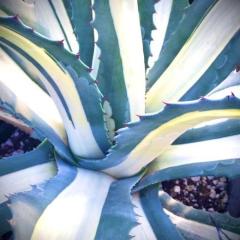

.thumb.jpg.945975caa86311443e3ed089e04a5105.jpg)


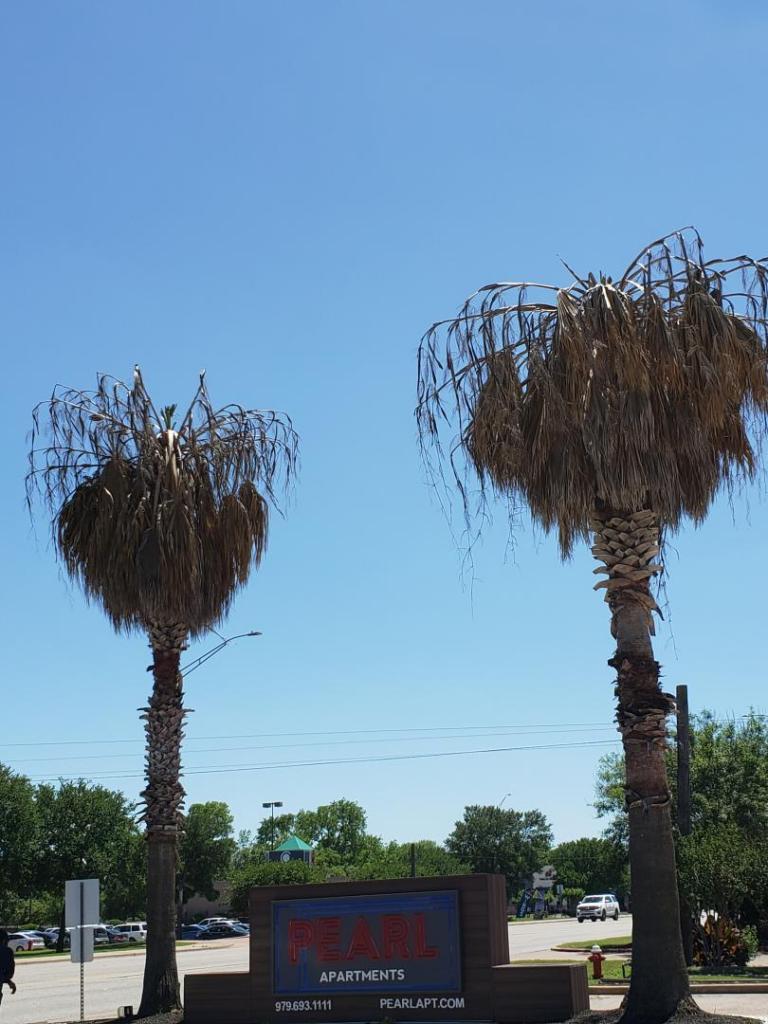



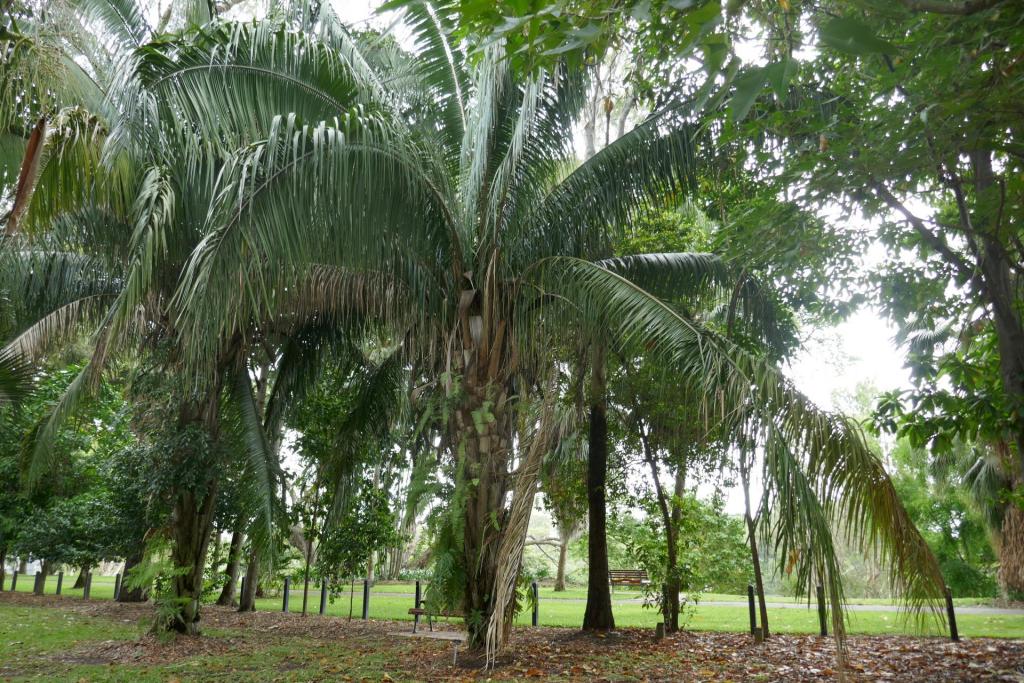
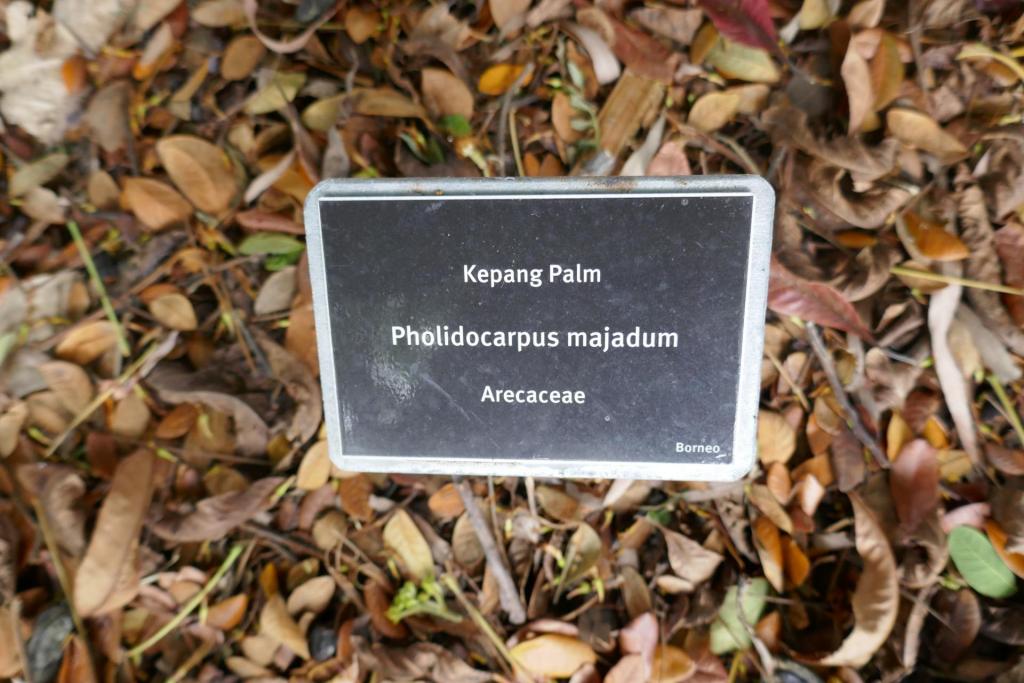

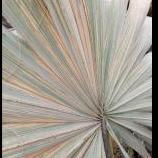


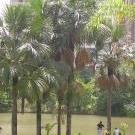
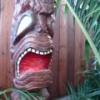
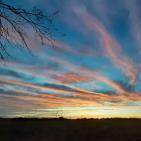


.thumb.jpg.663149aa84e5496166886d97e26b6735.jpg)





